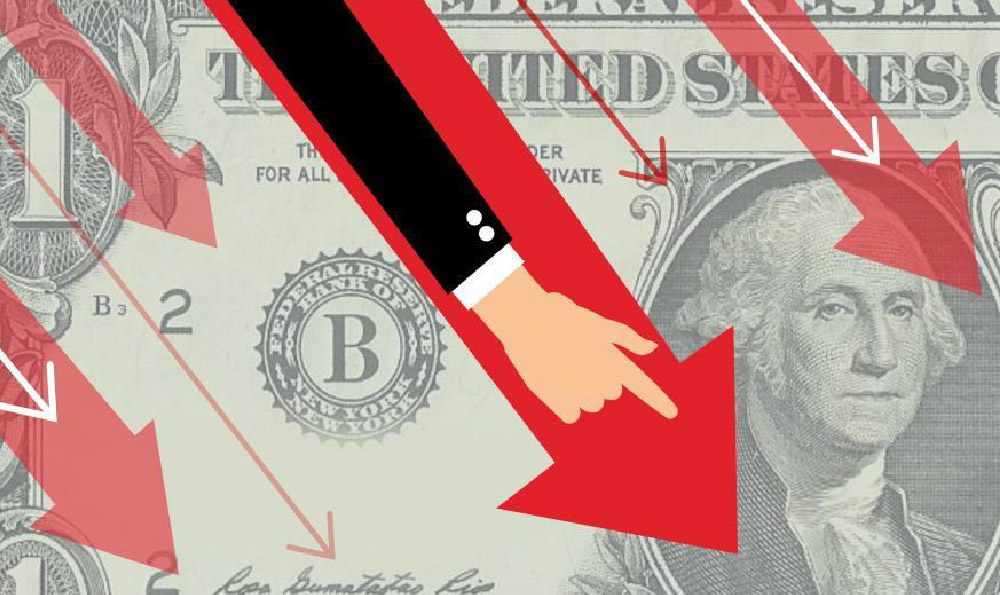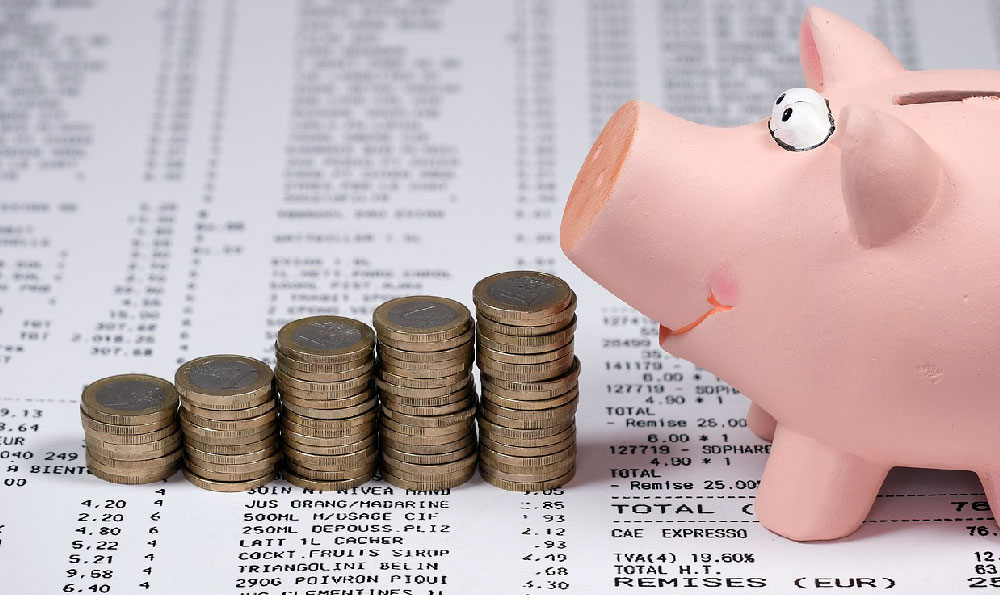
Obtaining and completing a money order is a straightforward process, yet understanding the nuances can save you time and potential headaches. This comprehensive guide will walk you through the ins and outs, ensuring you can confidently use this secure payment method.
A money order serves as a guaranteed form of payment, similar to a check, but with a crucial difference: it's pre-paid. This makes it a safer option than personal checks when sending money to individuals or businesses you don't know well, as there's no risk of the payment bouncing due to insufficient funds. Money orders are particularly useful when the recipient doesn't accept credit cards or online payment methods.
Where can you acquire a money order? Several options are readily available. Post offices are a popular choice, offering reliable service and competitive fees. Banks and credit unions also issue money orders, typically at a slightly lower cost for their account holders. Big-box retailers like Walmart and convenience stores such as 7-Eleven are another convenient option, often with extended hours. Finally, certain check-cashing services also provide money orders, although it's wise to compare their fees with other providers as they can sometimes be higher.

Before heading out, consider how much money you intend to send. Most issuers have a maximum limit, often around $1,000. If you need to send a larger sum, you'll need to purchase multiple money orders. Also, be sure to bring cash, a debit card, or a traveler's check for payment, as credit cards are generally not accepted for purchasing money orders. Finally, remember to bring a valid photo ID, as it is usually required for verification purposes.
Upon arriving at your chosen location, request a money order from the clerk. You will need to specify the exact amount you want to send. Once you pay the money order amount plus the associated fee, the clerk will print the money order. This is where your responsibility begins. The money order will contain several fields that you will need to complete accurately.
The first, and perhaps most important, field is the "Pay To" or "Payee" line. This is where you write the name of the person or company you are sending the money to. Double-check the spelling and ensure you have the correct name. An error here could cause delays or prevent the recipient from cashing the money order.
Next, you'll find a "From" or "Purchaser" line. Fill in your name and address in this section. This identifies you as the sender of the money order. It's crucial to provide accurate information in case the recipient needs to contact you or if the money order is lost or stolen.
A "Address" line usually follows the "Pay To" line, providing space for the recipient's address. While not always mandatory, filling this out can further assist in verifying the recipient's identity and prevent fraudulent claims.
Finally, there's often a "Memo" or "For" line. This is an optional field where you can add a brief note about the purpose of the payment. For example, you might write "Rent for October" or "Payment for services rendered." This can be helpful for both you and the recipient in tracking the transaction.
Before leaving the issuing location, take a moment to review the completed money order to ensure everything is accurate and legible. Any errors could cause problems with cashing the money order. Once you're satisfied, sign the money order in the designated area, usually located on the front.
Arguably the most crucial step is to retain the receipt provided by the issuer. This receipt is your proof of purchase and contains essential information for tracking the money order if it's lost or stolen. Keep it in a safe place separate from the money order itself. It also contains the money order number, which is needed to request a replacement should something go wrong.
After completing and securing the money order, you have several options for sending it to the recipient. The most common method is through the mail. Consider using certified mail or a delivery service that provides tracking and confirmation of delivery to ensure it reaches its intended destination safely. Alternatively, if you and the recipient are in close proximity, you can deliver the money order in person.
Although money orders are considered a secure payment method, they are not immune to fraud or theft. If your money order is lost or stolen, act quickly. Contact the issuer immediately and report the incident. You'll need to provide the money order number (from your receipt), the date of purchase, the amount, and the payee's name. The issuer will then initiate a trace on the money order. If it hasn't been cashed, they can typically issue a replacement, though there may be a fee involved. If it has been cashed, they can investigate the transaction to determine if fraud occurred.
One of the common scams involves receiving a fake money order for an amount greater than what you are owed. The scammer will ask you to deposit the money order, keep your share, and then wire the remaining funds back to them. However, the money order is counterfeit, and your bank will eventually realize it, leaving you responsible for the entire amount. Always be wary of unsolicited money orders, especially if they are for an amount larger than expected. Before cashing any money order, verify its authenticity with the issuer.
In conclusion, money orders offer a reliable and secure way to send payments, especially when other options are unavailable or undesirable. By understanding the process of obtaining, completing, and safeguarding a money order, you can confidently use this payment method for various transactions while minimizing the risk of fraud or loss. Remember to keep your receipt, verify the recipient’s information, and promptly report any issues to the issuer.





